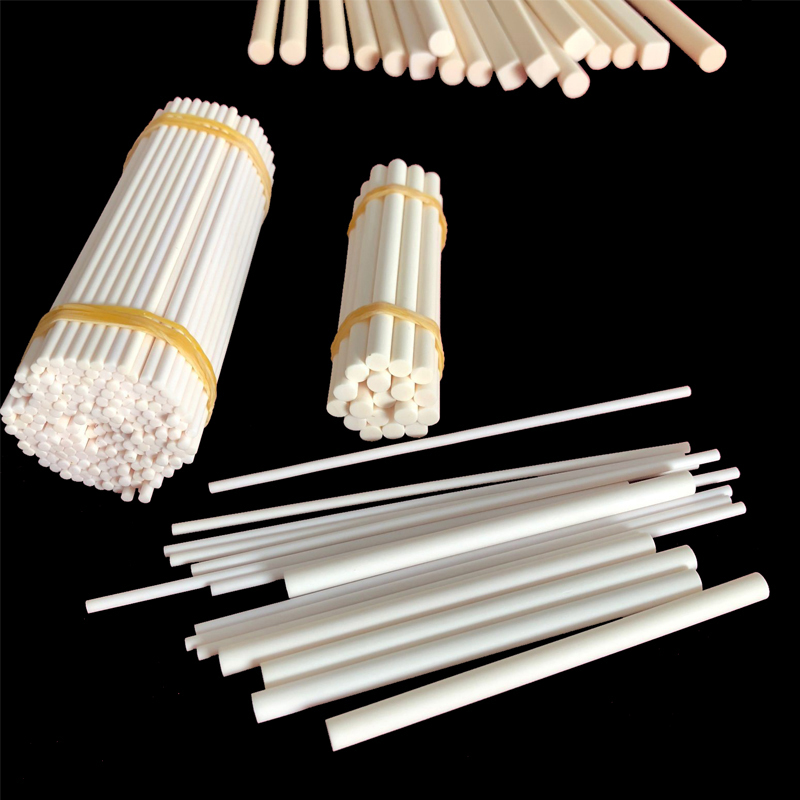Performance Advantages and Applications of Alumina Ceramic Rods

Alumina Ceramic rods have emerged as a vital component in a wide array of industrial and technological applications, owing to their exceptional performance characteristics. As industries continue to push the boundaries of material science, alumina ceramic rods are becoming increasingly indispensable due to their unique properties and diverse applications.
Performance Advantages
One of the most significant advantages of alumina ceramic rods is their exceptional hardness and wear resistance. Made from materials such as alumina, zirconia, and silicon carbide, these rods exhibit superior hardness compared to metals and polymers. This makes them ideal for applications that involve high levels of abrasion and wear, ensuring longevity and durability even in the most demanding environments.
Another crucial advantage is their high-temperature stability. Alumina ceramic rods can withstand extreme temperatures without losing their structural integrity or performance capabilities. This makes them suitable for use in high-temperature applications, such as in furnaces, kilns, and combustion engines. Additionally, their thermal insulation properties further enhance their performance in such settings.
Alumina ceramic rods also offer excellent chemical resistance. They are inert to most chemicals, including acids, bases, and solvents, making them ideal for use in corrosive environments. This property is particularly beneficial in industries such as chemical processing, where exposure to harsh chemicals is a common occurrence.
Electrical insulation is another notable advantage of ceramic rods. Their high dielectric strength and electrical resistance make them perfect for use in electrical and electronic applications. They can effectively insulate and protect sensitive electronic components, ensuring the safety and reliability of electronic systems.
Applications
The unique properties of alumina ceramic rods have led to their widespread use across various industries. In the medical field, for instance, they are used in surgical instruments, dental implants, and prosthetics due to their biocompatibility and non-reactive nature.
In the industrial sector, alumina ceramic rods are employed in machinery and equipment that require high precision and durability. They are used in bearings, seals, and cutting tools, where their hardness and wear resistance are critical.
The electronics industry also benefits significantly from ceramic rods. They are used in the manufacture of insulators, resistors, and capacitors, where their electrical insulation properties are essential. Additionally, they are used in the production of semiconductor devices and substrates.
In the automotive industry, alumina ceramic rods are used in components such as fuel injectors, sensors, and spark plugs. Their ability to withstand high temperatures and corrosive environments makes them ideal for these applications.
Furthermore, alumina ceramic rods are also utilized in the aerospace industry. They are used in the manufacture of components that require high strength-to-weight ratios, such as turbine blades and engine parts. Their thermal stability and resistance to wear and corrosion make them suitable for the harsh conditions encountered in aerospace applications.
In conclusion, the performance advantages of alumina ceramic rods, including their hardness, wear resistance, high-temperature stability, chemical resistance, and electrical insulation properties, have made them indispensable in a wide range of applications. As industries continue to evolve, the demand for alumina ceramic rods is expected to grow, driven by their ability to meet the increasingly stringent requirements of modern technology and industrial processes.

